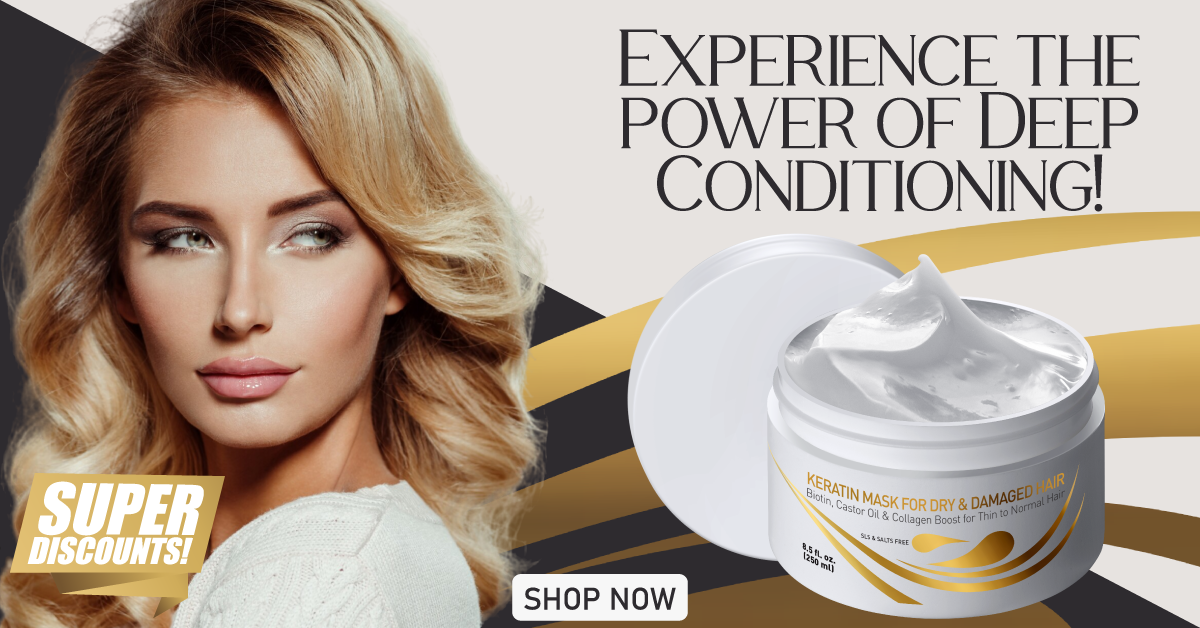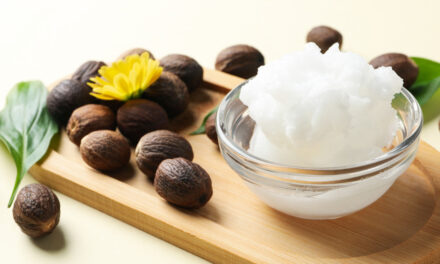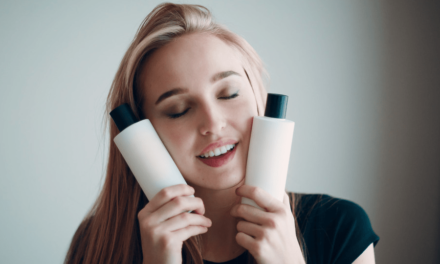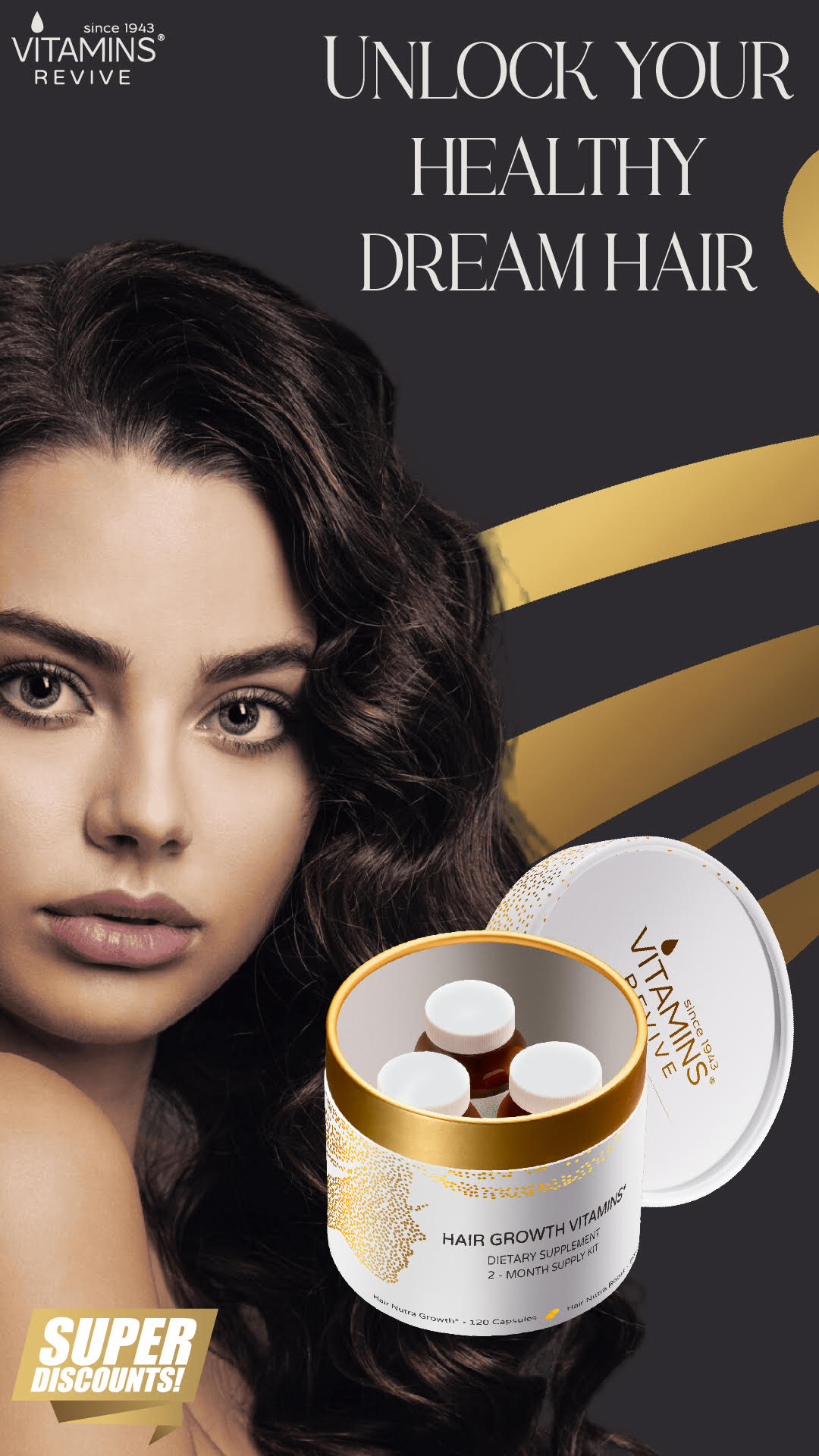
Low porosity hair typically takes time to absorb water or moisture or treatments. If your hair takes time to get wet or dry and whatever you apply on your hair stays on the surface of your hair strands rather than getting absorbed by the hair, you have low porosity hair.
Let’s look at a few DIY deep conditioners for low-porosity hair and learn more about how to make them.
Understanding Low-Porosity Hair
Low porosity hair is when your hair’s structure doesn’t let absorption of moisture quickly. In other words, this type of hair tends to repel moisture.
If the water or treatments you apply on your hair tend to stay on it without getting absorbed, it is low-porosity hair. Likewise, this hair stays wet longer and doesn’t dry quickly.
The hair’s cuticle, or the outermost layer of the hair, is packed tightly, not making way for moisture absorption. This means it’s harder for water to saturate your hair when washing it.
This type is also prone to accumulation rather than absorption of products applied to hair. Heat can help open cuticles for moisture absorption or products applied to hair.
These factors should be considered when formulating DIY deep conditioners.
Benefits of DIY Deep Conditioners
DIY deep conditioners are one way to nurture and nourish hair. The benefits of preparing your deep conditioners are:
- It’s cost-effective as compared to commercial products off store shelves.
- Made with natural ingredients, they’re a natural hair care aid.
- It can be customized according to one’s preferences and requirements.
- The ingredients are usually easy to procure or readily available in most pantries.
- Depending on the chosen ingredients, it can offer other benefits, including improved hair growth, softening hair, nurturing damaged hair, etc.
- If you’re using leave-in conditioners, they make detangling easy, improve shine, close cuticles, help retain moisture, temporarily seal split ends, and reduce static electricity and friction between hair fibers.
Ingredients for DIY Deep Conditioners
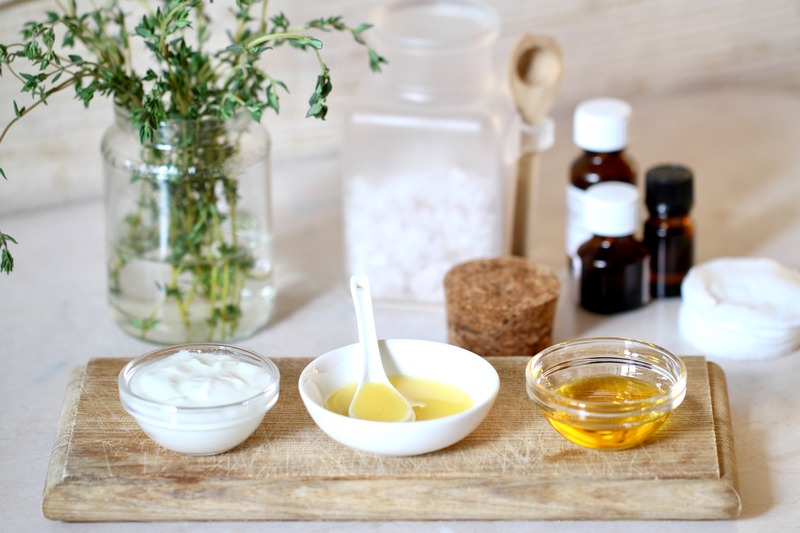
Certain ingredients are great to include in low-porosity hair recipes. They’re especially beneficial and more suited for this hair type benefit.
Let’s take a look at a few ingredients and their benefits.
Sweet Almond Oil
Light and nourishing, this is one of the best ingredients for low-porosity hair. Rich in vitamins and antioxidants, it adds a generous layer of moisture to the hair shaft and soothes and nourishes hair. It makes a great hair mask with other carrier oils and ingredients.
Avocado Oil
This is a nourishing oil that’s very helpful to soothe and nurture damaged hair. It also adds shine and sheen to your hair, leaving it soft, shiny, and lustrous. It’s also great for your scalp and protects hair against heat damage and damage caused by pollutants.
Coconut Oil
With its nourishing, moisturizing, and deep conditioning properties, coconut oil is an excellent ingredient for your hair and scalp. It smooths your hair shaft, combats frizz, and fights against scalp issues like itching and dandruff. While not a light oil, it is not very dense either.
Essential Oils
They’re a great addition to any recipe. They offer many benefits and a natural way to add aroma to your recipes. There are many different aromatic and hair-beneficial choices to choose from.
Aloe Vera
A nourishing and hydrating herb, it’s a mild cleanser and can do wonders for your hair and scalp. It also helps with detangling and keeps your hair soft, shiny, and nourished.
Honey
A humectant, honey is nourishing and helps absorb and retain moisture – a trait that’s very helpful for low-porosity hair. It combats hair breakage and makes your hair soft and shiny. It is also incredibly nourishing, considering it is a rich source of antioxidants, vitamins, and minerals.
Other light oils that can be considered for low-porosity hair include grapeseed oil, Jojoba oil, Sunflower oil, etc. Castor oil is an excellent choice if you’re adding it to pre-shower treatments or even in leave-ins, as it is ideal for nourishing and moisturizing hair, acts as a sealant, and retains moisture.
DIY Deep Conditioner Recipes
Vegan Moisturizing Aloe Vera Leave-in
Want to nourish your hair and leave it shiny? Try this natural leave-in conditioner to condition your hair.
Ingredients
Aloe Vera Juice – 1/4 Cup
Avocado Oil – 1/2 Tsp.
Vegetable Glycerin – a few drops
Conditioner – 11/2 Tsp.
Lavender Essential Oil – a few drops
Instructions
Add all the ingredients to a hair spray dispenser and shake well to combine.
Usage
Spray on your hair and scalp and massage gently for a few seconds.
Style as usual.
Notes
You can use any light carrier oil instead of avocado, though avocado is the best when you want to add shine and sheen.
If you’re not looking for vegan options, use honey instead of vegetable glycerin.
You can also add coconut milk to this recipe.
Vegan Coconut Deep Conditioner
Coconut milk is a light and nourishing way to deep condition your hair. Try this easy mask for soft, shiny, and nourished locks.
Ingredients
Ripe Banana – 1
Coconut Milk – 1/2 Cup (as needed according to hair length)
Olive Oil – 1 Tsp.
Instructions
Run the banana in your blender for a few seconds to get a smooth paste. Alternatively, you can mash it too.
Add it to a mixing bowl and add olive oil and coconut milk.
Mix well to combine.
Usage
Apply the prepared hair mask from the roots to the tips.
Massage for a few seconds to spread the hair mask evenly.
Cover your head with a shower cap and apply heat for a few minutes.
Rinse and wash off with a gentle shampoo.
Comb through with a shampoo comb to get rid of any residue.
Notes
You can also add aloe vera gel to this recipe.
Protein-Rich Deep Conditioning Treatment with Avocado and Egg
A protein-rich recipe that’s nourishing and conditions deeply, it’s also easy with few ingredients.
Ingredients
Ripe Avocado – 1
Egg – 1
Coconut Milk – 2 Tbsps.
Honey – 1 Tbsp.
Argan Oil – a few drops
Conditioner – 2 Tbsps.
Instructions
Mash the avocado or run it in your blender for a few seconds for a smooth paste.
Whisk the egg in a mixing bowl well.
Add in the avocado paste and other ingredients from the list.
Whisk to combine well.
Usage
Apply the prepared deep conditioning mask from the roots to the tips of your hair.
Cover your head with a shower cap and apply heat using your blower or a wet towel.
Let the pack sit for 25 – 30 minutes, and rinse off with lukewarm water.
Wash off with a mild shampoo and air dry.
Style as usual.
Notes
Consider using clarifying rinses like baking soda or apple cider vinegar now and then to prevent build-up.
Step-by-Step Instructions for Application
- Deep conditioner recipes are best applied on both hair and scalp.
- Divide hair into small sections and clip each section.
- Apply the deep conditioner prepared from roots to tips, massaging your way through the scalp.
- Clip back each section until you’ve covered all areas of your hair and scalp.
- Remove the clips and massage for a few seconds.
- Wrap a warm, wet towel to help absorb the treatment. Alternatively, you can wear a shower cap and show your heater for a few seconds to kickstart the process.
- Let it sit for an hour or more before washing it off.
- Finish with a cold water rinse to seal the cuticles and retain moisture.
Tips for Maintaining Low-Porosity Hair
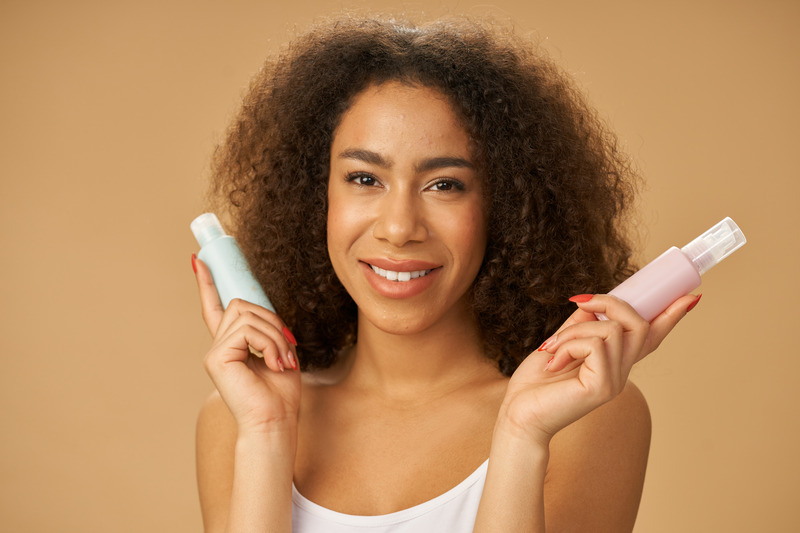
As mentioned earlier, using heat is the only way to help open up the cuticles to make way for moisture absorption or products applied to hair. Here are a few tips that make caring for low-porosity hair easy.
- Use hot oil deep conditioning massages to nurture, nourish, and strengthen hair. This should be a part of your regular hair care routine.
- Consider using heat to open up cuticles – you can do this using warm wet towels, steamers, heating caps, or even your blow dryer.
- Consider rinsing your hair with lukewarm water before hair wash.
- Apply a gentle shampoo or cleanser with glycerin or honey to help moisture and replenish hair’s natural oils.
- Product build-up is familiar with low-porosity hair and should be clarified regularly to keep hair and scalp healthy.
- Leave-in conditioners add weight, softness, and lubrication for low-porosity hair. It helps combat the dryness, frizz, and tangles familiar with this hair type.
- Moisturize regularly and use a hair mask at regular intervals.
- Choose lightweight oils to use on low-porosity hair to reduce build-up.
- Consider using humectants, as they help retain moisture.
Bottom Line
High-porosity and low-porosity hair differ and require different care and ingredients to nurture and nourish hair. Consider trying these deep conditioner recipes to restore hair and scalp health.
All these recipes use natural ingredients and are easy to prepare, even for those starting with DIY. Don’t have time for DIY recipes? We have your back with a range of premium vegan hair care cosmetics from Vitamins Revive.
Do visit their online store to learn more about their products. Feel free to contact us for any questions, requests, or feedback. We love hearing from our readers. Let us know how you like these recipes and how they work.
FAQs
How often can we use these hair treatments?
Unlike specified otherwise, most hair treatments are meant for use at least once a week. But the frequency and other aspects, including the ingredients, depend on one’s hair type and requirements.
Can a hair mask be used for dry hair?
Yes, hair masks can nourish and nurture dry or weak hair. They’re more of a concentrated version of conditioners.
When to use deep conditioning?
A deep conditioning treatment is ideal when your hair is dry and lacking moisture, and you want to inject healthy hydration and moisture.

